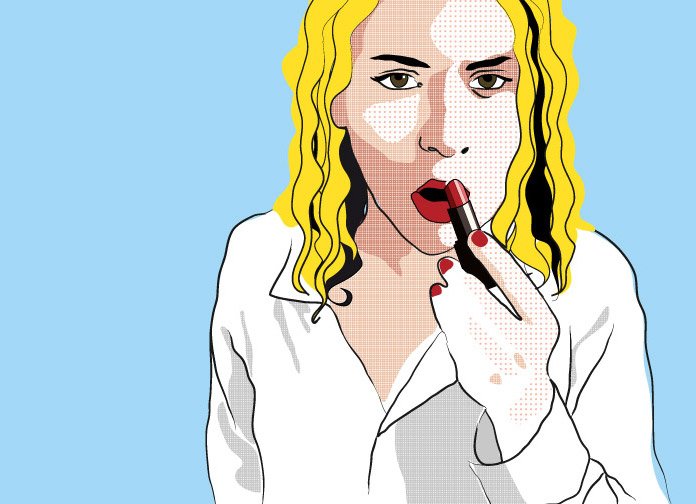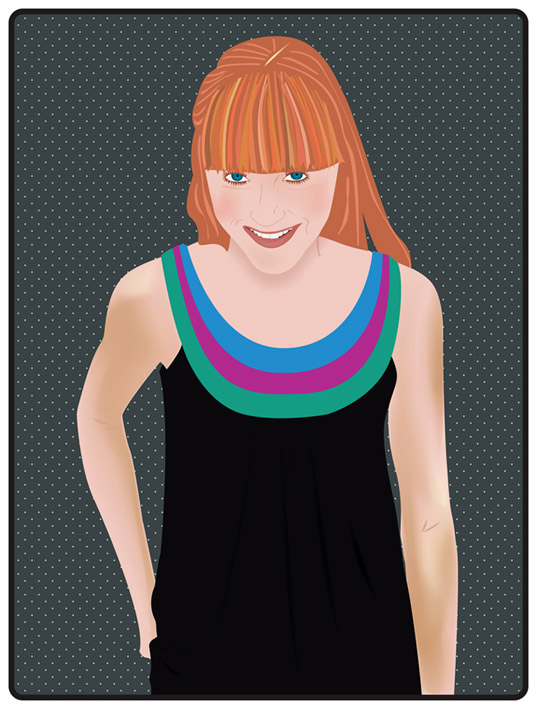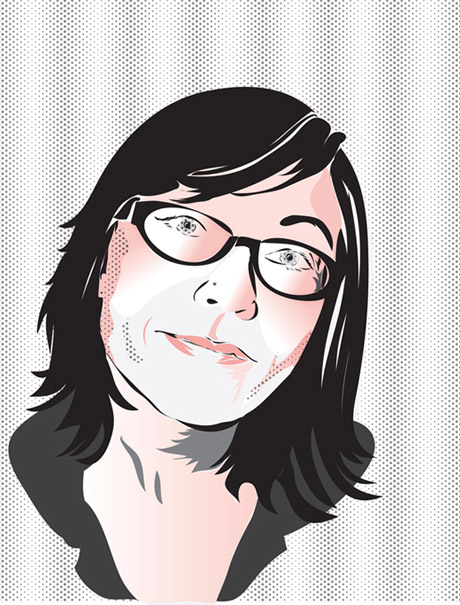 |
Notice how fills and lines in Liz's artwork don't exactly match. That gives a nice flow and dynamism to the composition: it makes it look alive, ready to move. She is also changing the thickness of the lines (using a brush, not the pencil. Brushes "technically" produce fills, not lines, you we'll see that they work with the fill color. More on brushes on Module 8) The three images on this page are using at a certain point patterns as a fill. Patterns, in this case will make you work like in a collage. Patterns are a type of a fill and you can learn more about them on module 14. Liz work reminds me of the work of animators in the movie "Waking life" or "Scanner Darkly". That can be a great source of inspiration for this project. |
|||||||||||
| Liz Wentling, finalist in the Digital imaging category at Showcase 2011 | ||||||||||||
 |
||||||||||||

